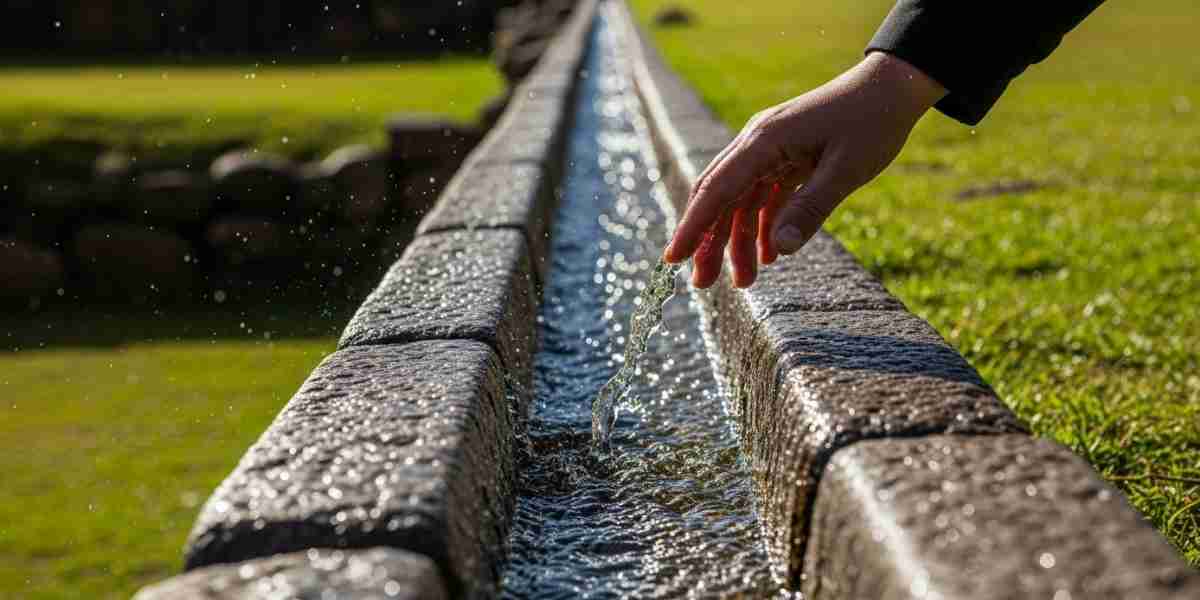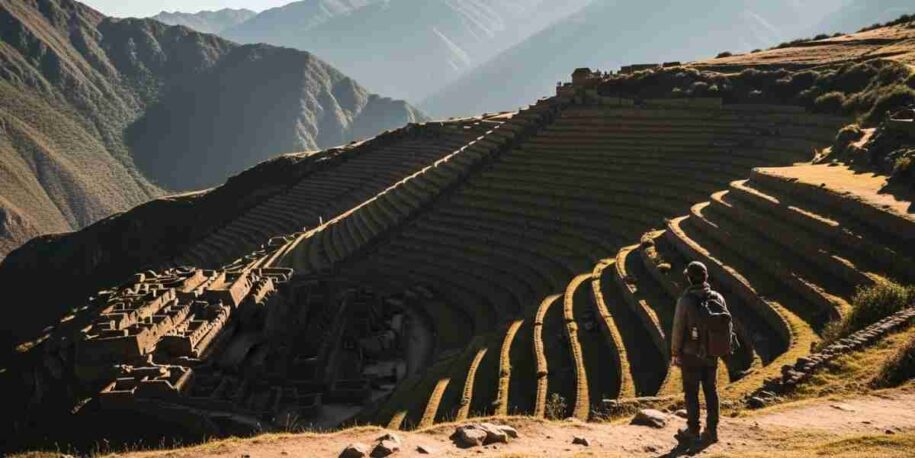The magnetic pull of Machu Picchu is undeniable. It’s a name that echoes with wonder, a pinnacle experience for any traveler to Peru. But to focus solely on the famous citadel is like reading only the last chapter of a magnificent book. The true narrative of the Inca civilization is written in stone across the entire Cusco region, often in whispers found in stunning, less-crowded ruins near Cusco that offer a different, and at times more profound, sense of discovery.
To step off the beaten path is to trade bustling crowds for the quiet hum of history, to feel the Andean wind without interruption, and to stand where ancient life unfolded in settings just as dramatic as their more famous counterpart. It’s an invitation not just to see, but to connect. This is for the traveler who understands that the soul of a place is often found in its tranquil corners.
Why Look Beyond the Famous Citadel?
Exploring alternative archaeological sites near Cusco isn’t about replacing Machu Picchu; it’s about enriching your understanding of the culture that built it. Each ruin tells a different part of the story. You’ll discover sites dedicated to military strategy, astronomical observation, agricultural experimentation, and the sophisticated worship of water.
What you gain is perspective. Standing alone on a sweeping terrace in Pisac or tracing the water channels of Tipón with your finger offers an intimacy that a crowded viewpoint simply cannot. It allows for reflection. It allows for the imagination to roam freely, painting a picture of the past onto a silent, spectacular canvas.
✨ An Expert’s Perspective: Many travelers rush through the Sacred Valley on a day trip, ticking off sites from a bus window. This is a mistake. The valley is not a checklist; it’s a destination in itself. Spending two or three days here before heading to Machu Picchu or a major trek is the single best piece of advice we can offer. It allows for proper acclimatization and a much deeper, unhurried appreciation of these incredible places.
1. Pisac: The Majestic Guardian of the Valley
Perched high on a mountain spur, the ruins of Pisac command one of the most breathtaking views in the Sacred Valley. Far above the famous modern market town, the archaeological complex is a sprawling city of meticulously carved stone terraces that cascade down the mountainside like a green staircase for giants. Walking through its different sectors—the military garrison, the residential areas, the ceremonial center with its Intihuatana (hitching post of the sun)—you get a palpable sense of its strategic importance. The scale is immense, and because visitors often disperse among its many paths, it’s possible to find yourself utterly alone, gazing down at the Urubamba River snaking through the valley below. The feeling is one of profound awe and timelessness.
2. Ollantaytambo: The Living Inca Town
Ollantaytambo is unique. It is not a ruin in the traditional sense, but a town where life has continued uninterrupted since the 15th century. The modern village is laid out on the original Inca foundations, with narrow cobblestone streets and ancient water channels that still gurgle and flow through the patios of homes and hostels. Dominating the town is the formidable fortress-temple, a steep bastion of terraced stone that was the site of a major Inca victory against the Spanish conquistadors. Climbing these terraces is a powerful experience. I remember a traveler I was guiding, an architect from Chicago, who stood silently at the top for ten minutes. He later told me it wasn’t just the view that captivated him, but the perfect, mortarless fit of the massive pink granite blocks in the unfinished Temple of the Sun. He was humbled by the sheer genius of it.
3. Moray: The Enigmatic Agricultural Laboratory
Moray is an enigma, a piece of abstract land art left by a civilization with a deep understanding of the earth. The site consists of several enormous, terraced circular depressions that sink into the ground like inverted pyramids. The visual impact is startling and completely different from any other Inca ruin. Understanding the purpose of Moray is like learning to read music; suddenly, the landscape begins to have a coherent melody. It’s widely believed to have been an agricultural research station. The temperature difference between the top and bottom terraces can be as much as 15°C (27°F), creating a series of microclimates that allowed the Incas to experiment with and domesticate different crops. To walk the path that circles its rim is to witness an ancient form of science so sophisticated it borders on science fiction.
4. Tipón: A Masterpiece of Inca Hydraulic Engineering
If Moray is a tribute to the earth, Tipón is a hymn to water. This lesser-known site is one of the most visually beautiful and peaceful places in the entire Cusco region. It’s a masterclass in hydraulic engineering, featuring a series of wide, elegant agricultural terraces irrigated by a network of pristine stone channels fed by a natural spring. The constant, gentle sound of flowing water is the site’s soundtrack. It’s easy to spend an hour here simply watching the water dance from one level to the next with absolute precision. Historians believe it may have been a country estate for an Inca noble or a place dedicated to the worship of water, an element considered sacred in Andean tradition. It’s a place that feels serene and brilliantly alive. For those interested in the more practical side of Inca achievements, a visit to Tipón is essential. As you can see, there are many Inca ruins besides Machu Picchu that showcase their incredible ingenuity.

5. Choquequirao: The «Cradle of Gold» for the Intrepid
This is the ultimate prize for the adventurous soul. Choquequirao, often called Machu Picchu’s «sacred sister,» is a vast, remote city complex that can only be reached via a challenging multi-day trek. There is no train, no bus. The reward for this effort is near-total solitude in a place as grand and mysterious as Machu Picchu itself. The experience is not about simply seeing a ruin; it is a pilgrimage. After days of descending into and climbing out of the Apurimac Canyon, arriving at the ruins feels like a genuine discovery. You can explore its temples, plazas, and stunning llama-adorned terraces almost entirely by yourself. It’s a humbling and powerful encounter with history, reserved for those willing to earn it.
💡 Key Takeaway: Exploring these alternative sites isn’t just about seeing more ruins. It’s about building a richer, more nuanced understanding of the Inca world while finding moments of quiet connection that are increasingly rare in modern travel.
Your Journey, Uniquely Crafted
Reading about these places sparks the imagination, but standing within their silent walls is a truly transformative experience. These are not just destinations; they are conversations with the past, waiting to be had. A journey of this nature deserves more than a one-size-fits-all plan; it requires a design that reflects your personal curiosity and style of travel.

